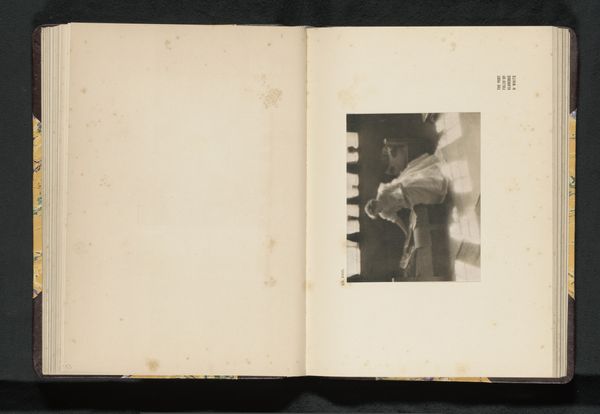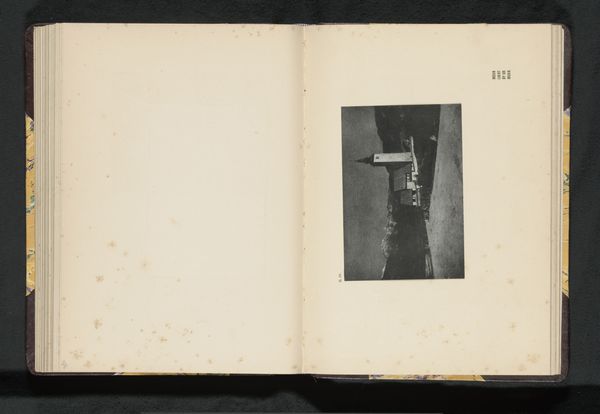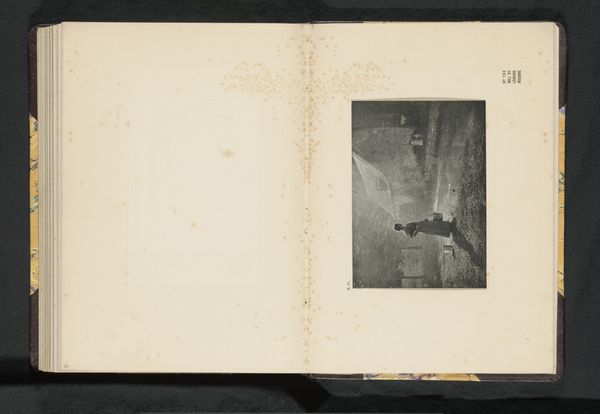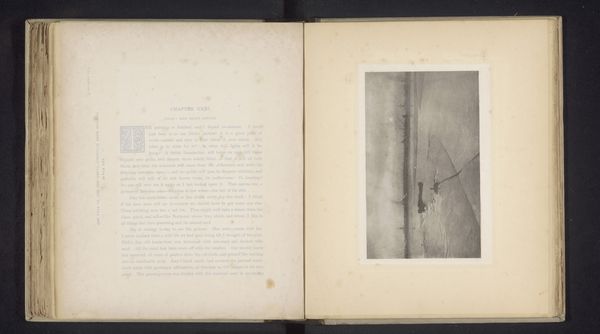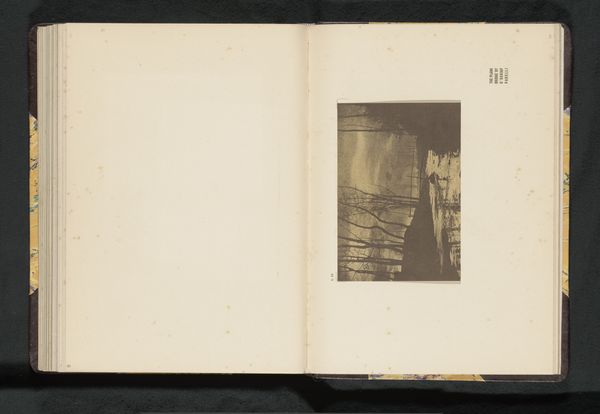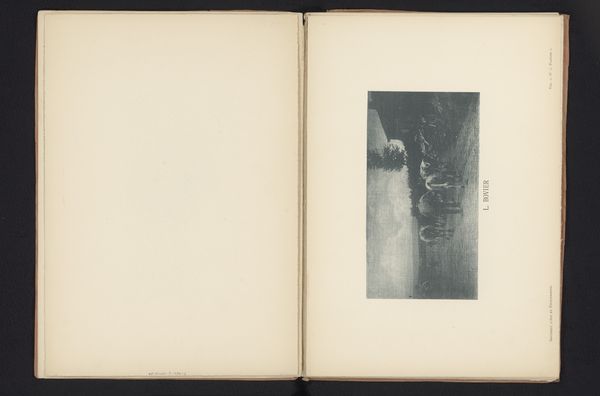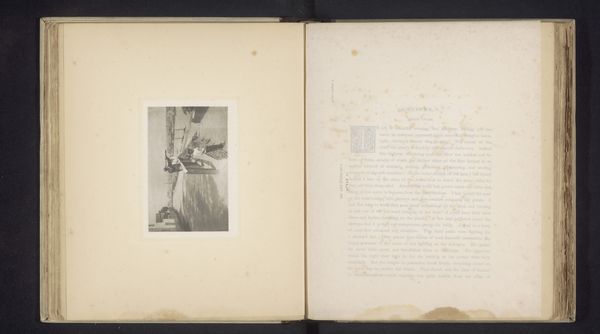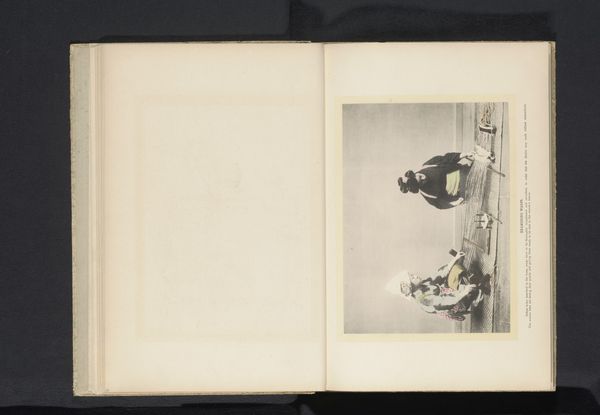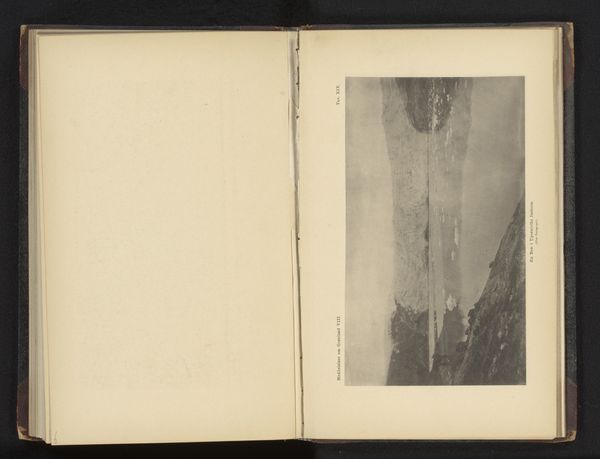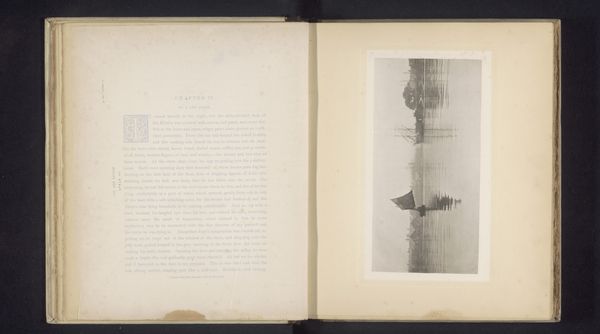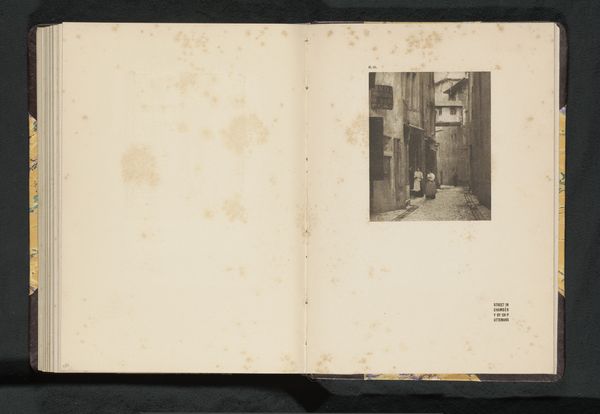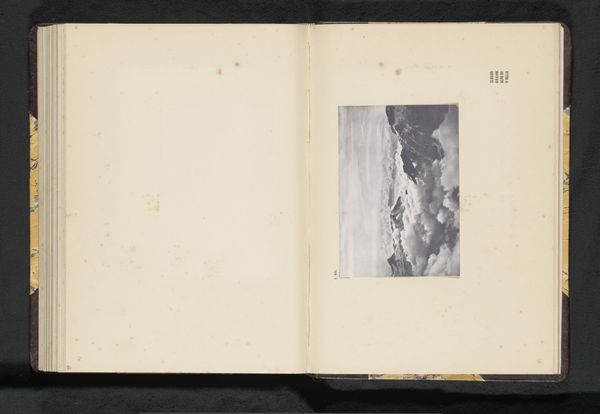
print, photography, gelatin-silver-print, albumen-print
# print
#
landscape
#
river
#
photography
#
gelatin-silver-print
#
cityscape
#
modernism
#
albumen-print
#
realism
Dimensions: height 87 mm, width 150 mm
Copyright: Rijks Museum: Open Domain
Editor: So this gelatin-silver print, *Gezicht op de Clyde nabij Glasgow*, which translates to *View of the Clyde near Glasgow*, is attributed to Paul Bourgeois, dating from before 1905. It’s stark and industrial. The ghostly ships on the Clyde seem almost ominous in the grey haze. What can you tell me about this image? Curator: This image, captured during Glasgow’s industrial heyday, is deeply entwined with narratives of labor, class, and empire. The Clyde wasn't just a river; it was a vital artery of global trade, fueling British economic power. These ships represent that power, but they also stand as silent witnesses to the exploitation inherent in such systems. Editor: Exploitation? Curator: Absolutely. Who built these ships? What were the working conditions like for them? Images like these often romanticize industrial progress, but fail to account for the human cost. This gelatin-silver print serves as a starting point to examine wealth inequality during the Modern era. How does that reframe your understanding of this ‘landscape’? Editor: I see what you mean. It's no longer just a serene snapshot, but a document hinting at the complex social fabric—the visible prosperity built upon the obscured labor of many. So it also pushes us to confront the legacy of industrialization… Curator: Precisely! Consider the environmental impact, too. The smoke billowing from the ships points towards pollution and the long-term consequences of prioritizing profit over the well-being of communities and our planet. Bourgeois' print urges us to question the narratives we tell ourselves about progress and development. Editor: That's fascinating. I initially saw it as just a historical scene, but now I see the layered meanings within it—economic disparity, class struggles, the dawn of ecological concerns. Thanks for widening my perspective! Curator: It’s in making these connections that art history truly comes alive and invites us to critically reflect on the world around us.
Comments
No comments
Be the first to comment and join the conversation on the ultimate creative platform.
